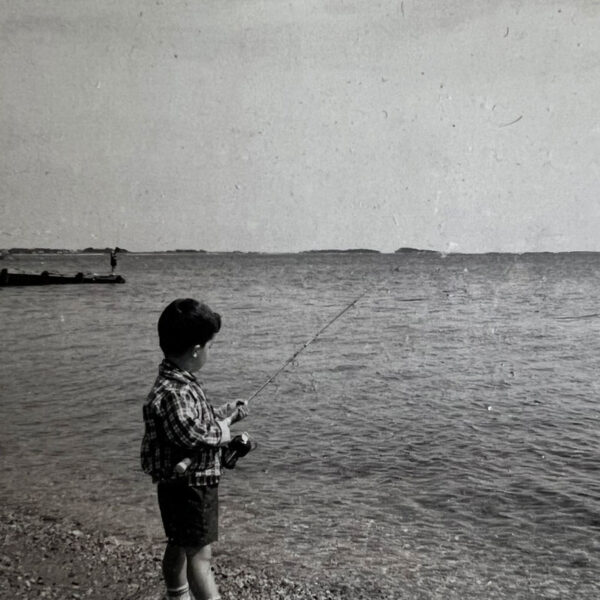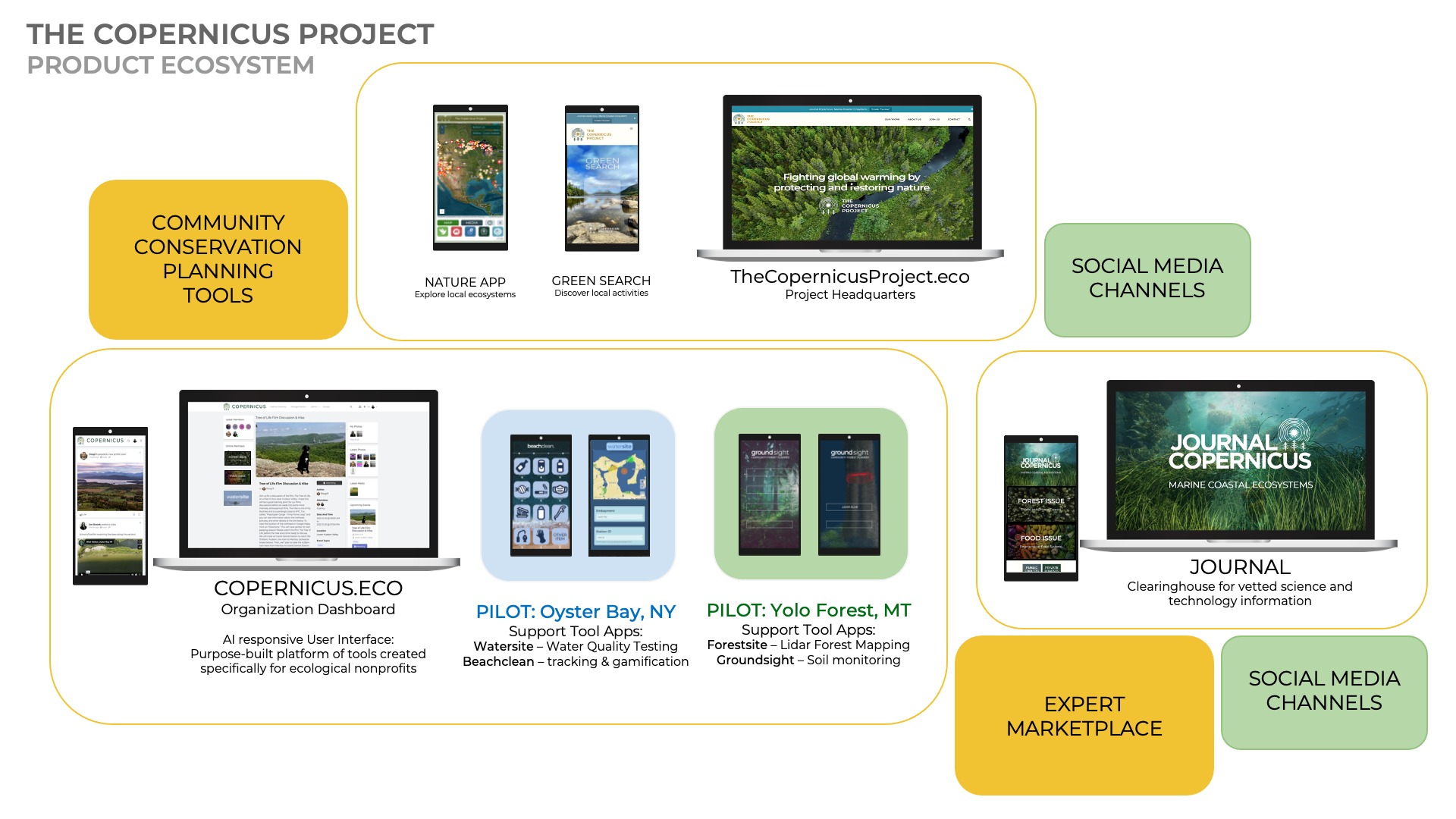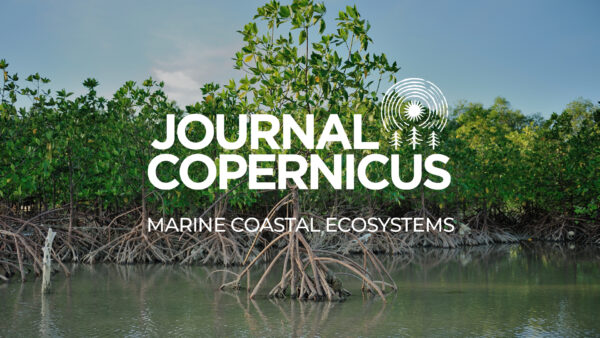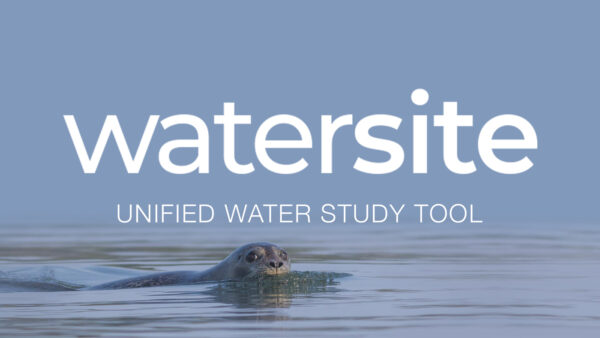
Joe Skopek
Co-Founder and Director of Product

Joe Skopek
Co-Founder and Director of Product
Joe Skopek brings a diverse array of on-the-ground experience leveraging advancements in technology to achieve mission and outreach goals for environmental organizations. His approach is rooted in maximizing current, and emerging, capabilities to quickly scale up the performance and extend the reach of ecological efforts at the local level.
“Technology and know-how currently exists that can exponentially accelerate the capacity of organizations in their efforts to identify, conserve and restore ecological health in a transitioning climate.”
At The Copernicus Project, Joe’s role has been to spearhead the identification, creation and innovation of purpose-built tools for environmental groups working at the local level. These tools support the growth and expansion of mission through applied efficiencies and data capture. This is most noteworthy in organizations working toward ecological assessment, cataloging, preservation and restoration. Joe was also the driving force behind the creation of a Journal to function as a clearinghouse of vetted data and information to be used by decision makers and the informed public. journalcopernicus.eco features interviews with leaders in a diverse array of areas affecting the environment and the health and wellness of the community.
The copernicus.eco platform is designed to function as a organization outreach and fundraising tool. Within the tool are regional Apps that support the mission and simplify the Program Director’s role. For example, beachclean is one of the Pilot programs Apps used to test the viability of gamification of beach cleanups to increase turn out of middle and high school age students during beach events. This tool would be available by default if the user was located in a region with beaches. forestsight is a Lidar based smart phone scanner App than can be used by community members to catalogue ecosystem diversity of a local forest. This App would be included for locations that have forests. In addition, common day-to-day routines shared by all environmental nonprofit organizations (Outreach via Social Media, Fundraising, Event Planning etc.) are automated, freeing up the team members time for mission critical aspects.
The platform is currently in the final stage of pre-launch development and early release demos are expected this summer.

Joe fishing for northern puffers
North Fork, Long Island
“During summers my brother and I would walk to the beach and fish for lunch. Snappers and Northern Puffers filled our bucket regularly. The following summer the Puffers were gone, not a single fish all summer. I remember this profoundly affecting me. ”
– Joe Skopek
Recent Initiatives:
Clearinghouse for vetted information about the science of the environment and emerging and innovative technology.
Watersite is a core component of the Oyster Bay Pilot. It was developed following in-the-field research on improving data quality for the EPA funded Long Island Sound Study.
Field research video produced with local Oyster Bay Pilot partner Friends of the Bay.



